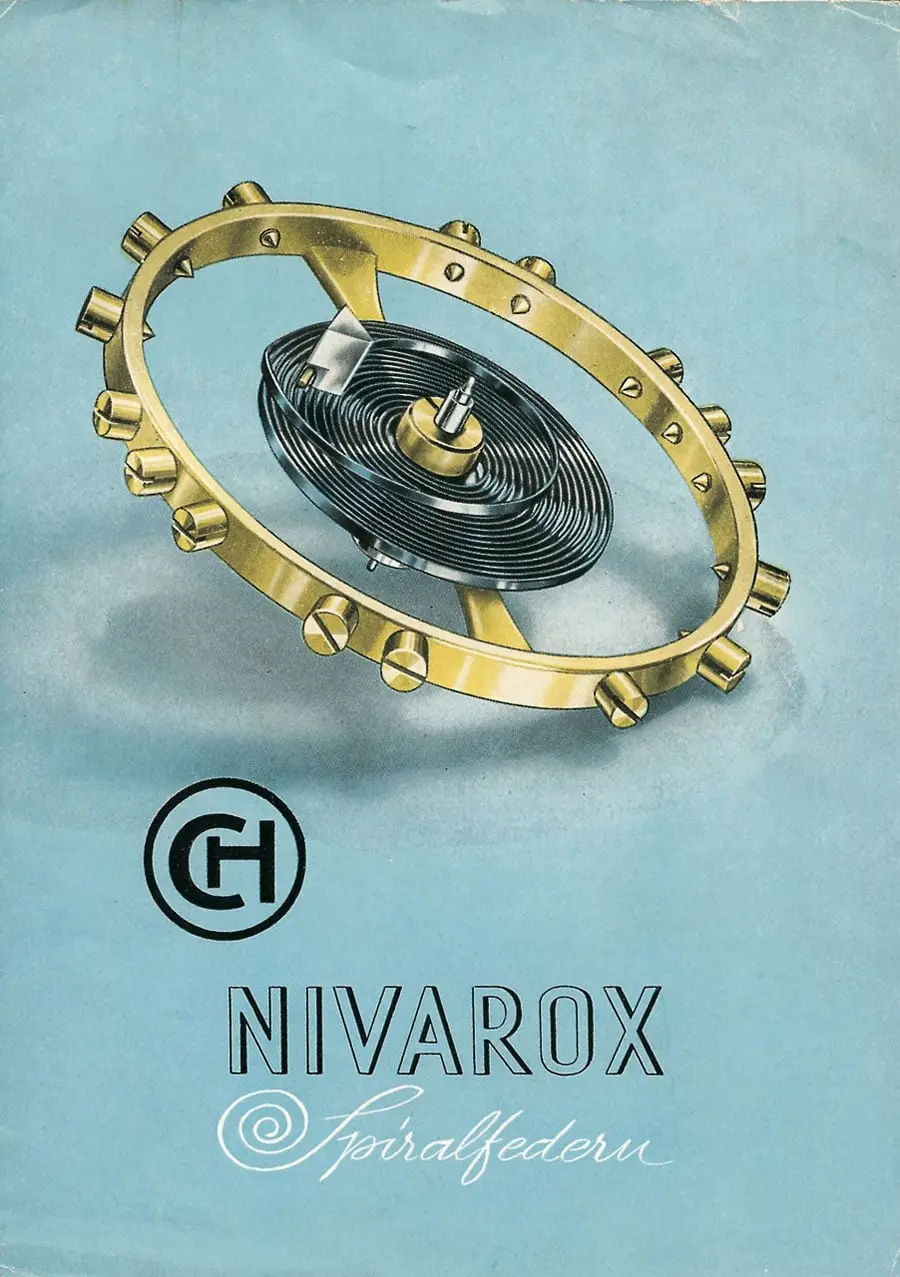
The Nivarox is a nickel iron alloy invented around 1933 by Dr. H. C. Reinhard Straumann. A trade name, Nivarox is a German acronym for "Nicht variabel oxydfest" ("Non-Variable Non-Oxidizing" - in English). The "non-variable" refers to the alloy's most notable property: that it has a low temperature coefficient of elasticity, which means that the flexibility of the material does not change significantly with temperature.
In the watchmaking industry, Nivarox is used to manufacture hairsprings for balance wheels, a critical element of the movement in determining the accuracy of the watch movement.
Due to its properties, the Nivarox hairspring minimizes errors caused by temperature variations and the influence of magnetic fields, and a watch movement equipped with this type of hairspring measures time more precisely than a steel hairspring balance. Although the Nivarox contains ferrous metals in its composition and is non-magnetic it has good magnetic properties and does not permanently magnetize. It consisting of approximately 45% cobalt, 20% nickel, 20% chromium, 5% iron and smaller admixtures of titanium and beryllium.
In addition to watchmaking, it is used in many segments of the micro-machine industries including in certain medical equipment, surgical instruments and scientific instruments. The exact proportions of the metals in the alloy varies with the specific application. It belongs to the same alloy group as Invar or Elinvar.
Nivarox springs are now used by most watchmakers worldwide, with a global market share of about 90% until the first decade of 2000.
Notifier: Władysław Meller
Other records: Timeline of Watchmaking Innovations

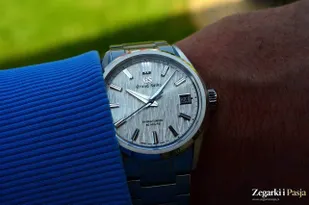
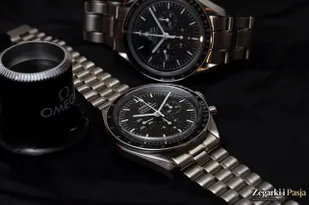
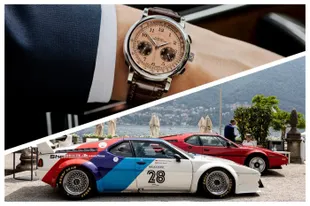




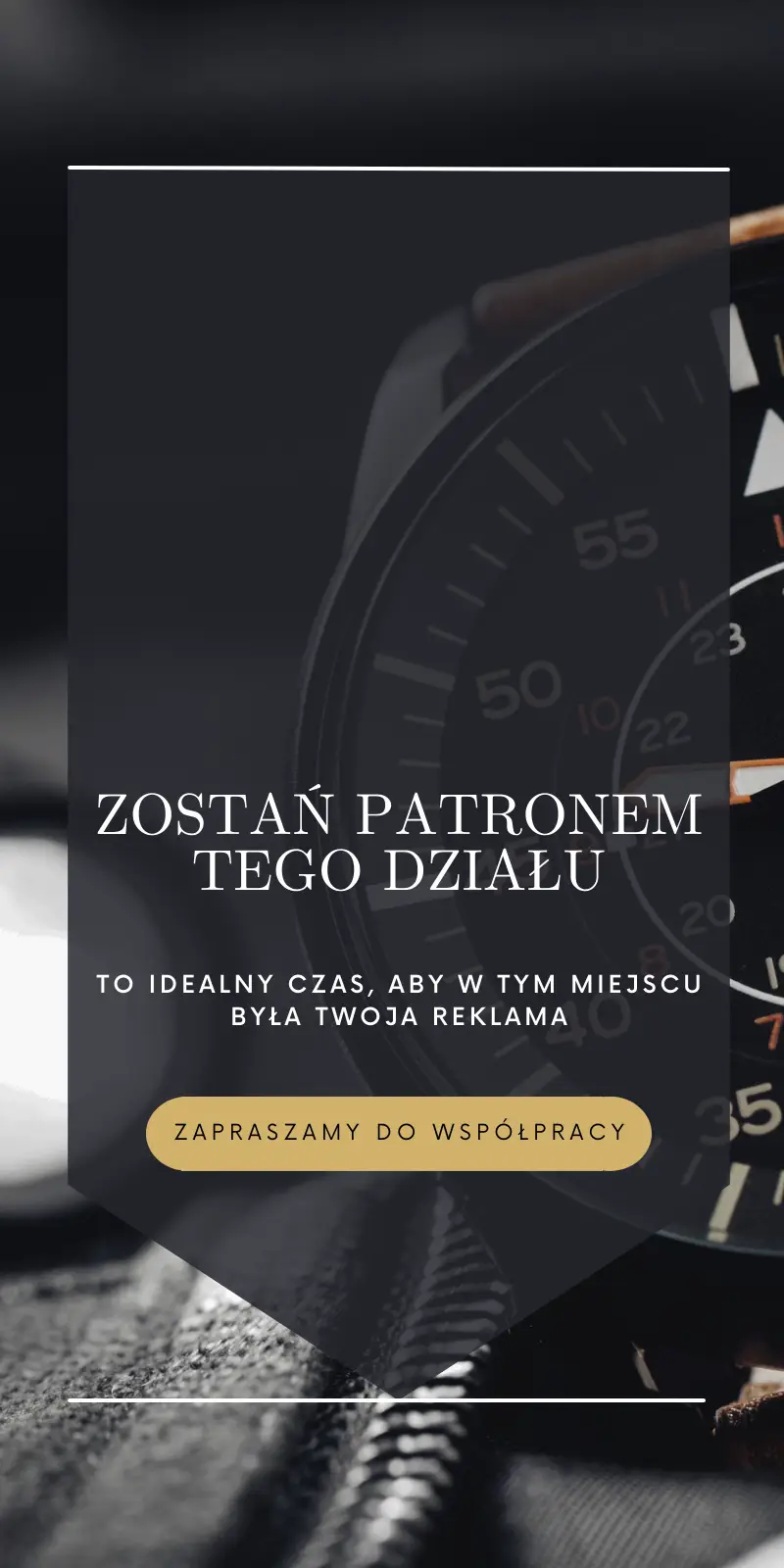




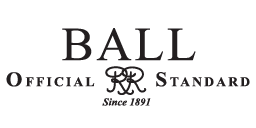
































 INSTAGRAMIE
INSTAGRAMIE










 greenlogic.eu
greenlogic.eu